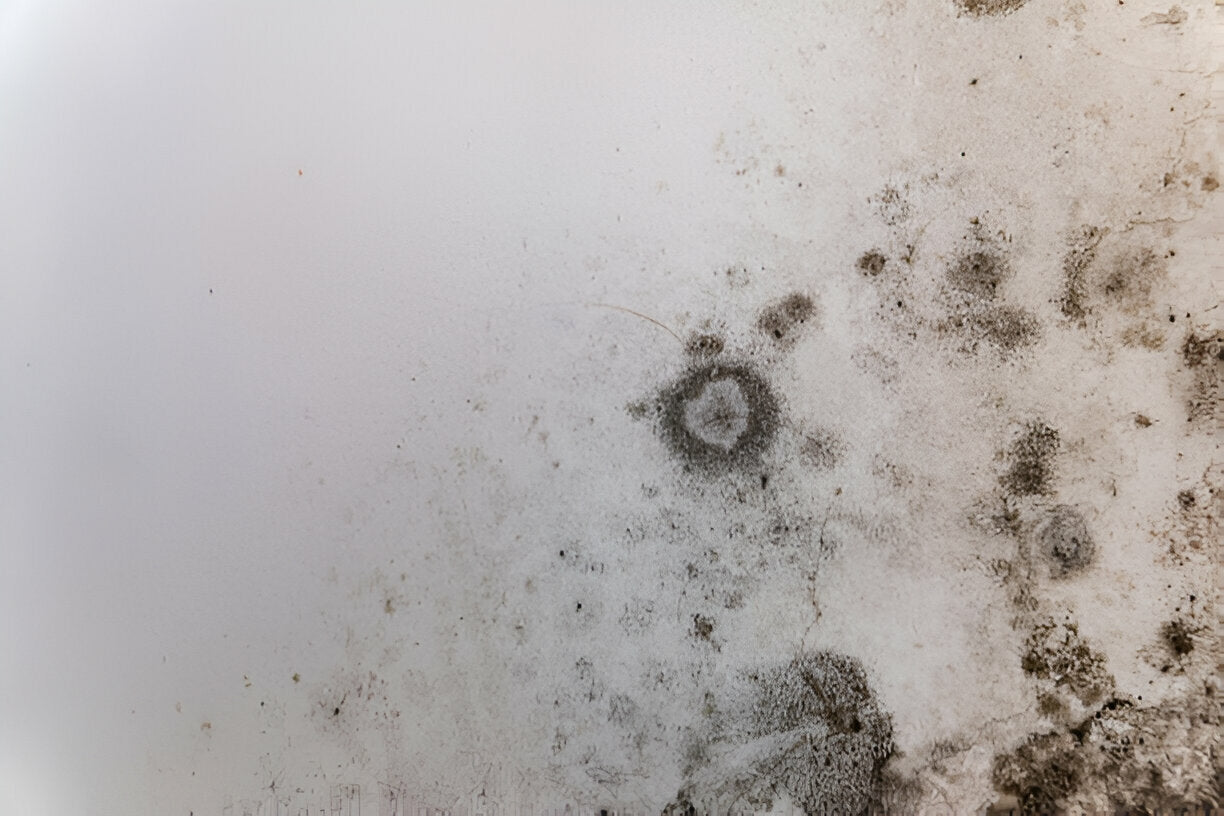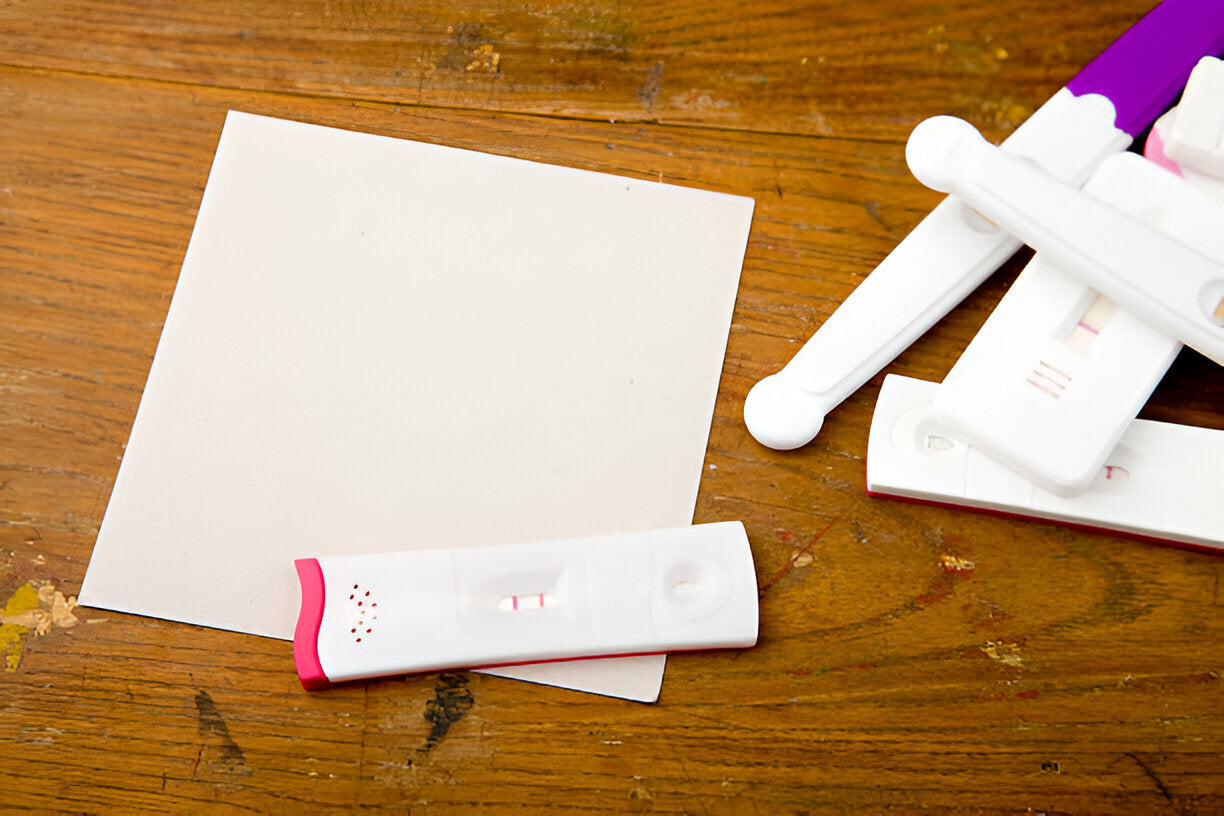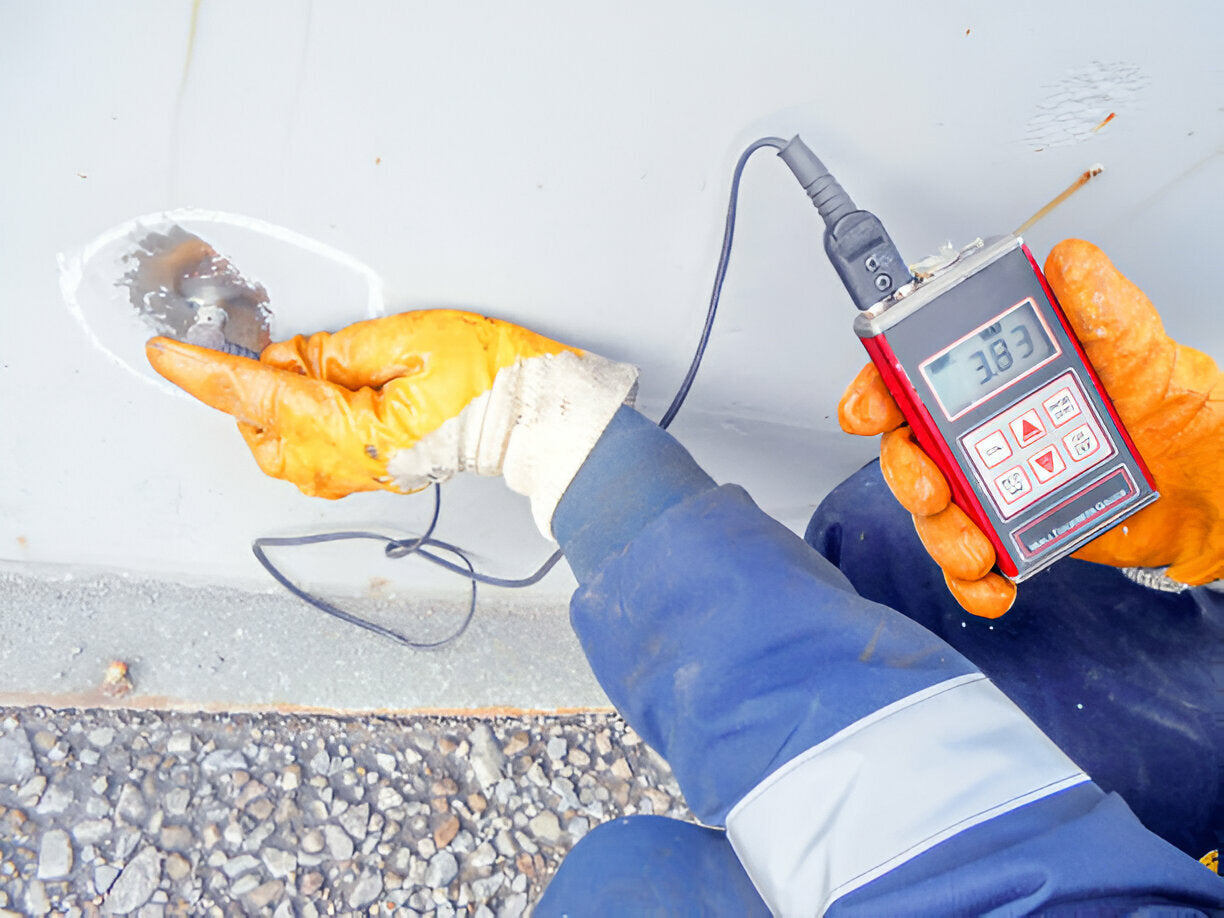Have you ever walked into your home and noticed a musty odor that won’t go away? You can’t figure out what’s causing this smell; everything looks to be fine, yet something feels off. Well, this unwanted and unexplained odor might be a sign of mold. And, while a DIY mold test kit can help identify hidden threats like mold, many homeowners may not understand what these kits can detect.
In this blog, we will see what mold spores are, how to detect them by using DIY kits, when it’s helpful, and when it’s time to call inspection specialists. Whether you are trying to protect your family or are concerned about your property’s value, this guide has all you need to know.
What Are Mold Spores, Really
Mold spores are tiny, airborne particles released by mold to reproduce. You can imagine them as seeds suspended in the air, waiting for the perfect environment.
They exist everywhere, in homes, in nature, and in the air that we breathe daily. They are harmless most of the time. However, they grow into a full-fledged colony of mold when they land on a damp surface inside the house.
This is where problems begin - ranging from allergic reactions to structural damage and poor air quality as well.
Why Should You Care About Mold Spores
You may not be able to see mold, but it can still impact your health and the home.
The Environmental Protection Agency (EPA) does not distinguish between various forms of mold because all of them can potentially induce health issues. For people with asthma, mold spores can trigger attacks. Others may cough, sneeze, experience irritated skin, or even have clogged sinuses.
The CDC is also cautious that mold may exacerbate conditions such as chronic lung disease or weaken the immune systems of sensitive individuals.
How DIY Mold Test Kits Work
You can visit a local hardware store or log in to Amazon to purchase a DIY mold test kit. What now?
These kits usually comprise petri dishes or air sampling tools. This is how they work:
-
Capture airborne mold spores over a period (usually 24–48 hours).
-
Allow mold spores to grow in a culture medium.
-
Demonstrate visual results. Mold colonies grow in the dish.
Some of the more advanced kits also include lab analysis. The sample is sent to a certified lab to identify the mold type, evaluate its risk level, and determine whether it is Cladosporium or a more threatening Stachybotrys (black mold).
But keep in mind that not every DIY kit is the same.
The Limitations of DIY Kits
DIY mold test kits are great for giving you an overview. Nonetheless, they have their limitations.
-
They are unable to measure the concentration of mold spores accurately.
-
They do not differentiate between the indoor and outdoor spores.
-
They cannot see behind the walls or under the floors, where mold may be hidden or growing out of sight.
-
The outcomes will be inconsistent without professional interpretation.
According to this research study, air sampling alone missed significant information captured by other methods like swab tests or settled dust. It established that relying on air sampling only is insufficient to determine mold levels accurately.
When DIY is not Enough
You should consider professional testing in case:
-
You have to deal with flood/water damage.
-
It smells bad all the time.
-
The family members show symptoms of mold-related illness.
-
You are either buying a house or listing it for sale.
-
Visible mold growth on multiple sites in the home.
Gadgets such as infrared cameras, moisture meters, and laboratory-grade air sampling equipment can be used by a trained inspector to identify and determine the concentration and types of mold spores.
Stats You Should Know
According to FEMA, mold may start to grow 24-48 hours after exposure to water.
Around 47% of American homes have dampness or mold problems.
A study conducted on 21.8 million asthma patients between 2001 and 2005 revealed that 21% of them were attributable to mold exposure and dampness.
Tips for Using DIY Mold Test Kits Effectively
-
Use multiple test locations in your home.
-
Don’t run the test on windy, rainy, or high-humidity days.
-
When in doubt, it is best to send the results to a lab for confirmation.
-
Don’t open the test plate once mold starts to develop.
Conclusion: Don’t Let Mold Spores Catch You Off Guard
Mold spores are sneaky. You cannot detect them; they can undermine your air, your health, and your peace of mind. DIY mold test kits are a handy first step. However, when the findings raise alarm bells or you simply want to be certain, then a professional inspection is the next logical step.
At MycoTest, our team of specialists is trained and certified to detect the unexpected presence of mold spores, assess your air quality levels, and develop a customized roadmap to follow. They give you an idea as to when you need to dig deeper.
Don’t let mold spores affect your family’s health or your home’s value. If you currently have water damage in your house, allergies, or plan to sell the property soon, we have the right products to help you get started.
Get your professional-grade DIY kit from MycoTest today, designed for easy do-it-yourself sampling.






